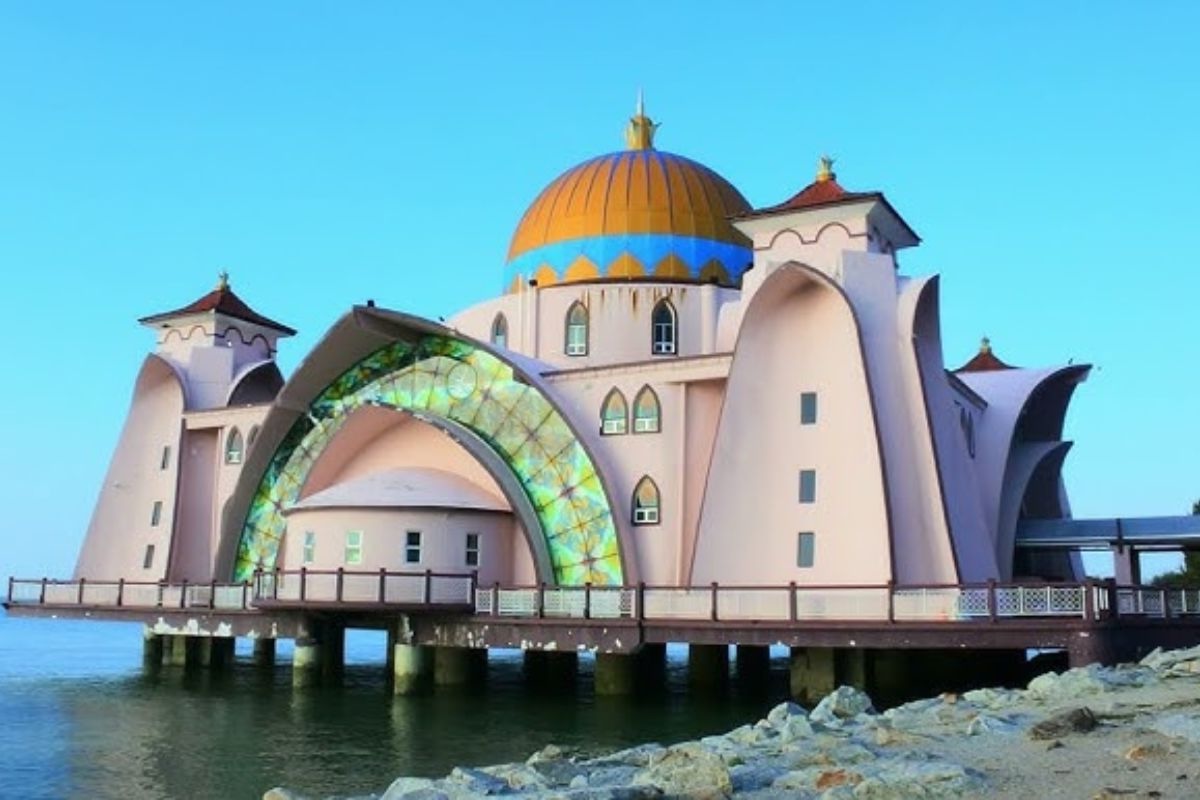
What was the Pamalayu Expedition? The Pamalayu Expedition was a significant military campaign launched by the Singhasari Kingdom in the late 13th century. This expedition aimed to expand Singhasari's influence over the Malay Peninsula and Sumatra, regions rich in resources and strategic importance. King Kertanegara spearheaded this mission, sending his trusted generals to establish dominance and secure alliances. The expedition not only showcased Singhasari's military prowess but also its diplomatic acumen, as it forged ties with local rulers. This historical event played a crucial role in shaping the political landscape of Southeast Asia during that era.
Key Takeaways:
- The Pamalayu Expedition was a historic military campaign by the Singhasari Kingdom to conquer the Malay Peninsula and Sumatra, shaping trade routes and cultural exchanges in the region.
- Led by King Kertanegara and Admiral Mahesa Anabrang, the expedition reshaped Southeast Asian history, influencing trade, culture, and the rise of the Majapahit Empire.
The Pamalayu Expedition: A Historical Overview
The Pamalayu Expedition was a significant military campaign undertaken by the Singhasari Kingdom in the late 13th century. This expedition aimed to extend the kingdom's influence over the Malay Peninsula and Sumatra. Here are some fascinating facts about this historical event.
-
The Pamalayu Expedition was launched by King Kertanegara of the Singhasari Kingdom in 1275.
-
The primary objective was to establish dominance over the Srivijaya Empire, which controlled trade routes in the region.
-
The expedition was part of King Kertanegara's larger plan to create a unified Nusantara (archipelago).
-
The name "Pamalayu" translates to "Conquering Malay."
-
The Singhasari Kingdom was located in present-day East Java, Indonesia.
Key Figures and Leadership
Leadership played a crucial role in the success of the Pamalayu Expedition. The commanders and strategists behind the campaign were instrumental in its execution.
-
King Kertanegara personally oversaw the planning and execution of the expedition.
-
The expedition was led by Admiral Mahesa Anabrang, a trusted military leader.
-
Mahesa Anabrang was known for his naval expertise and strategic acumen.
-
The fleet consisted of numerous ships, each equipped with advanced weaponry for the time.
-
The soldiers were well-trained and prepared for both naval and land battles.
Strategic Importance and Outcomes
The Pamalayu Expedition had significant strategic implications for the region. It reshaped political alliances and trade dynamics.
-
The expedition successfully established Singhasari's influence over the Malay Peninsula.
-
It weakened the Srivijaya Empire, which had dominated the region for centuries.
-
The campaign opened new trade routes for Singhasari, boosting its economy.
-
It also facilitated cultural exchanges between Java and the Malay Peninsula.
-
The expedition laid the groundwork for the eventual rise of the Majapahit Empire.
Cultural and Historical Impact
Beyond its immediate military and economic outcomes, the Pamalayu Expedition had lasting cultural and historical impacts.
-
The expedition is commemorated in various Javanese and Malay historical texts.
-
It influenced the spread of Hindu-Buddhist culture in the Malay Peninsula.
-
The campaign is considered a precursor to the unification efforts of the Majapahit Empire.
-
Artifacts and inscriptions from the expedition have been discovered in both Java and Sumatra.
-
The Pamalayu Expedition is often studied as a key event in Southeast Asian history.
Legacy and Modern Interpretations
The legacy of the Pamalayu Expedition continues to be felt today. Modern historians and scholars have reexamined its significance in various contexts.
-
The expedition is seen as an early example of regional diplomacy and military strategy.
-
It is often cited in discussions about the historical relationships between Indonesia and Malaysia.
-
The Pamalayu Expedition has been the subject of numerous academic studies and publications.
-
It is celebrated in Indonesian culture through literature, theater, and film.
-
The expedition remains a symbol of national pride and historical achievement for Indonesia.
The Legacy of the Pamalayu Expedition
The Pamalayu Expedition left a lasting mark on history. This mission, launched by the Singhasari Kingdom in the 13th century, aimed to strengthen ties with the Malay Peninsula. It wasn't just about political alliances; it also fostered cultural exchanges. The expedition showcased the kingdom's maritime prowess and diplomatic skills.
The journey influenced trade routes, bringing new goods and ideas to both regions. It also played a role in spreading Hindu-Buddhist culture, which shaped the local traditions and beliefs. The Pamalayu Expedition stands as a testament to the strategic vision and ambition of the Singhasari rulers.
Understanding this historical event helps us appreciate the interconnectedness of ancient civilizations. It reminds us that history is not just a series of isolated events but a complex web of interactions that shape our world. The Pamalayu Expedition's legacy continues to inspire and inform our understanding of the past.
Frequently Asked Questions
Was this page helpful?
Our commitment to delivering trustworthy and engaging content is at the heart of what we do. Each fact on our site is contributed by real users like you, bringing a wealth of diverse insights and information. To ensure the highest standards of accuracy and reliability, our dedicated editors meticulously review each submission. This process guarantees that the facts we share are not only fascinating but also credible. Trust in our commitment to quality and authenticity as you explore and learn with us.
